Meet Yuqing Sheng | Illustrator & Concept Artist
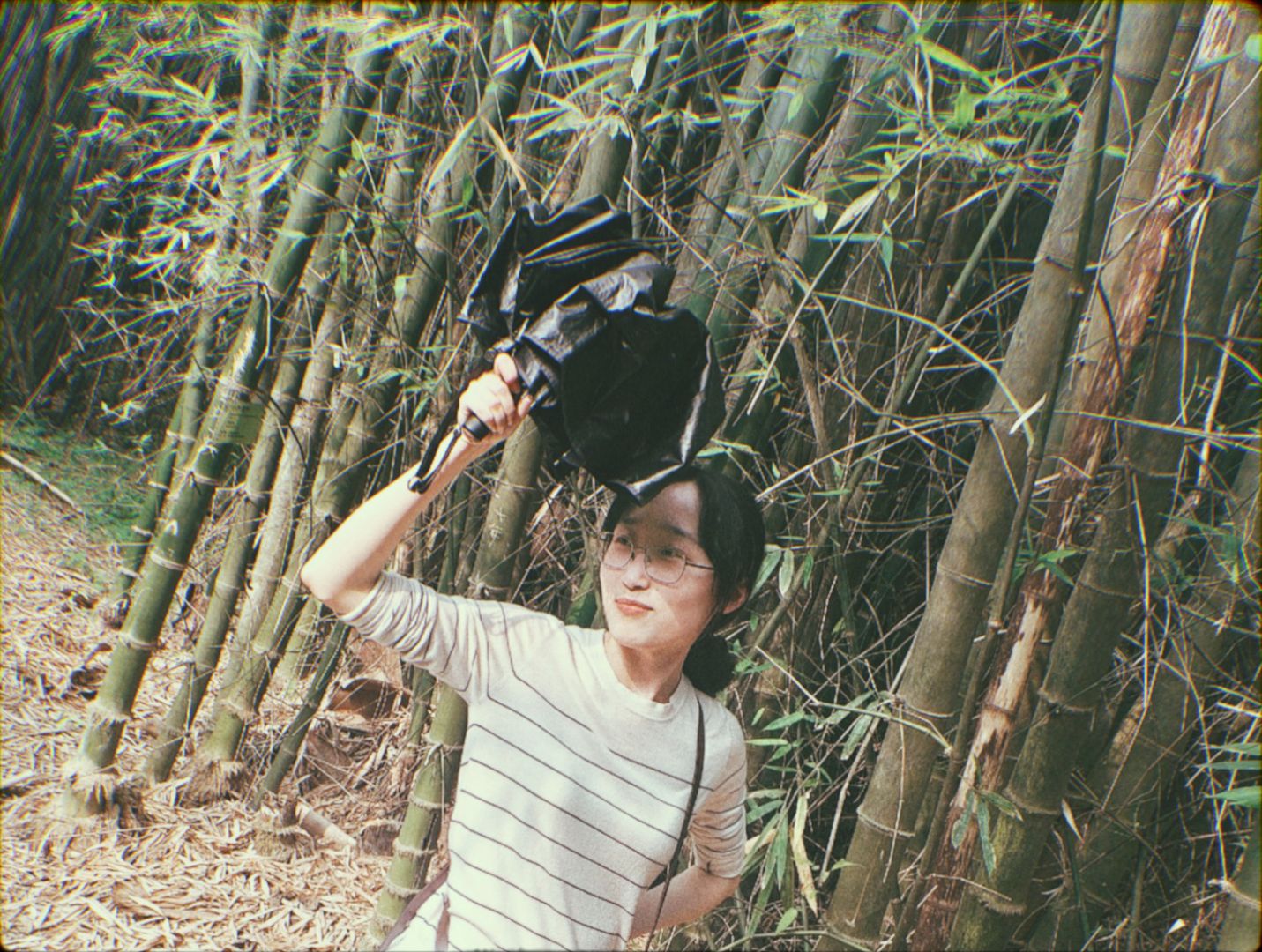
We had the good fortune of connecting with Yuqing Sheng and we’ve shared our conversation below.
Hi Yuqing, what is the most important factor behind your success?
I think the most important factor is honesty. For an illustrator, honesty means that one’s personal preferences, aesthetics, and personality are faithfully reflected in the illustrations.
Specifically, regarding style, I have always believed that one cannot control or run a style because it is an outgrowth of aesthetics and experience over a while, and therefore an illustrator’s style is always changing. Whilst maintaining a consistent and recognizable style can help to gain a foothold in the illustration market, it is not quite what one would expect from one’s creativity. Therefore, I always accept changes in my style and technique, even if the outside world’s judgment is not always favorable. At least this is in line with my request to “go with the flow”.
Secondly, about the topic. Creating trendy subjects is helpful for illustrators to broaden their market. However, as I’m driven by inspiration, I always draw what interests me, even in commercial commissions (this does not mean not meeting the commissioner’s request, but rather placing the request in a framework that suits my drawing logic). This behavior screens the market of viewers, so ultimately the number of viewers who can relate to me will grow.
Then about personality. Due to the creative nature of illustration, the character traits of the illustrator are actually reflected in the work. Many people think that this needs to be hidden, but illustration is a way of expression for me. When I “speak”, I can’t accept that I am saying something uninteresting and dishonest. This is reflected in the images in that I don’t want to flatter or belittle anyone or anything; I also accept that I, as a relatively pessimistic person, will show whatever emotional tendencies I have in the illustrations.
In short, honesty is confronting my own creative behavior and drive, and the result is a sincere emotional interaction with the viewer. The results are often successful.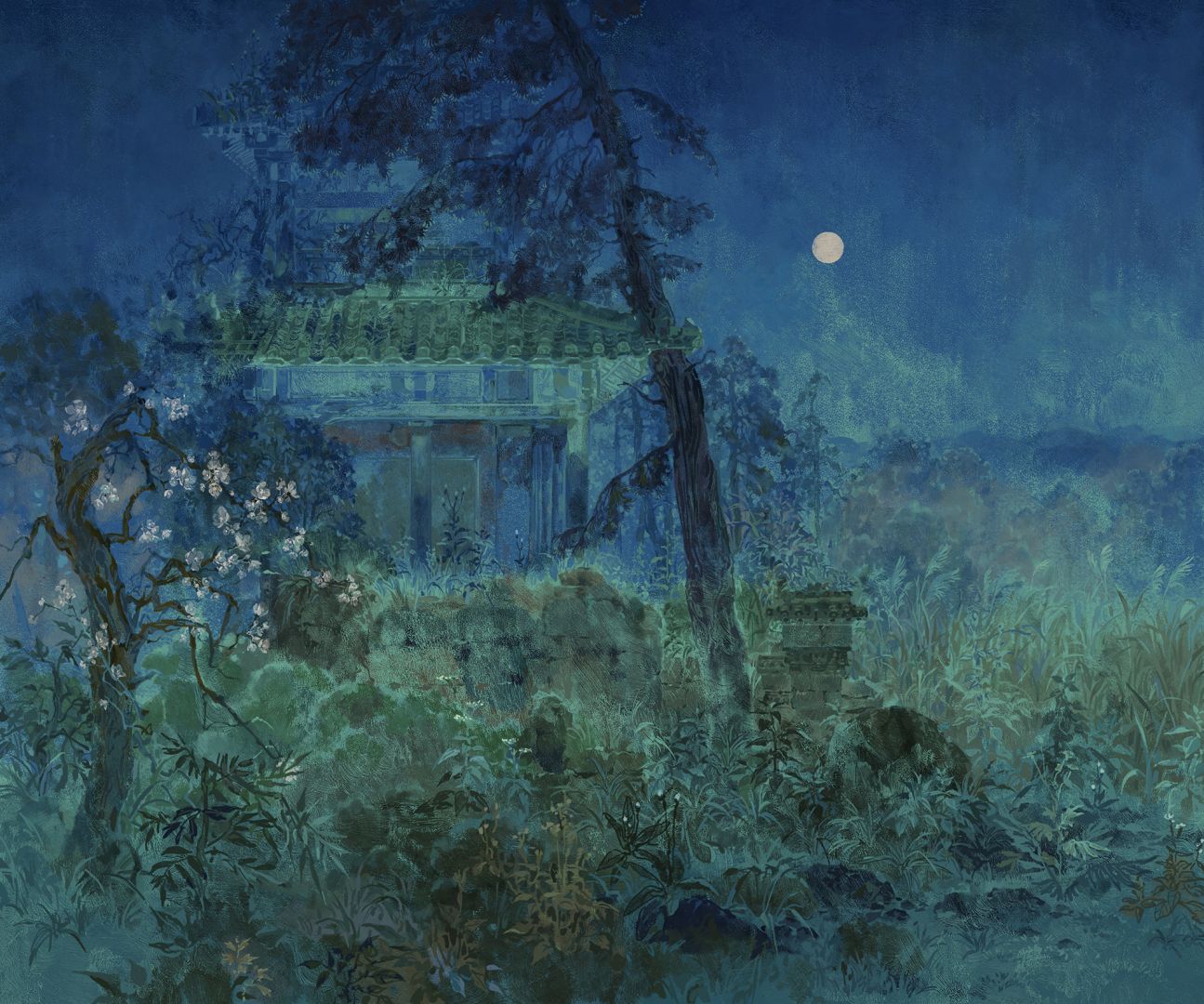
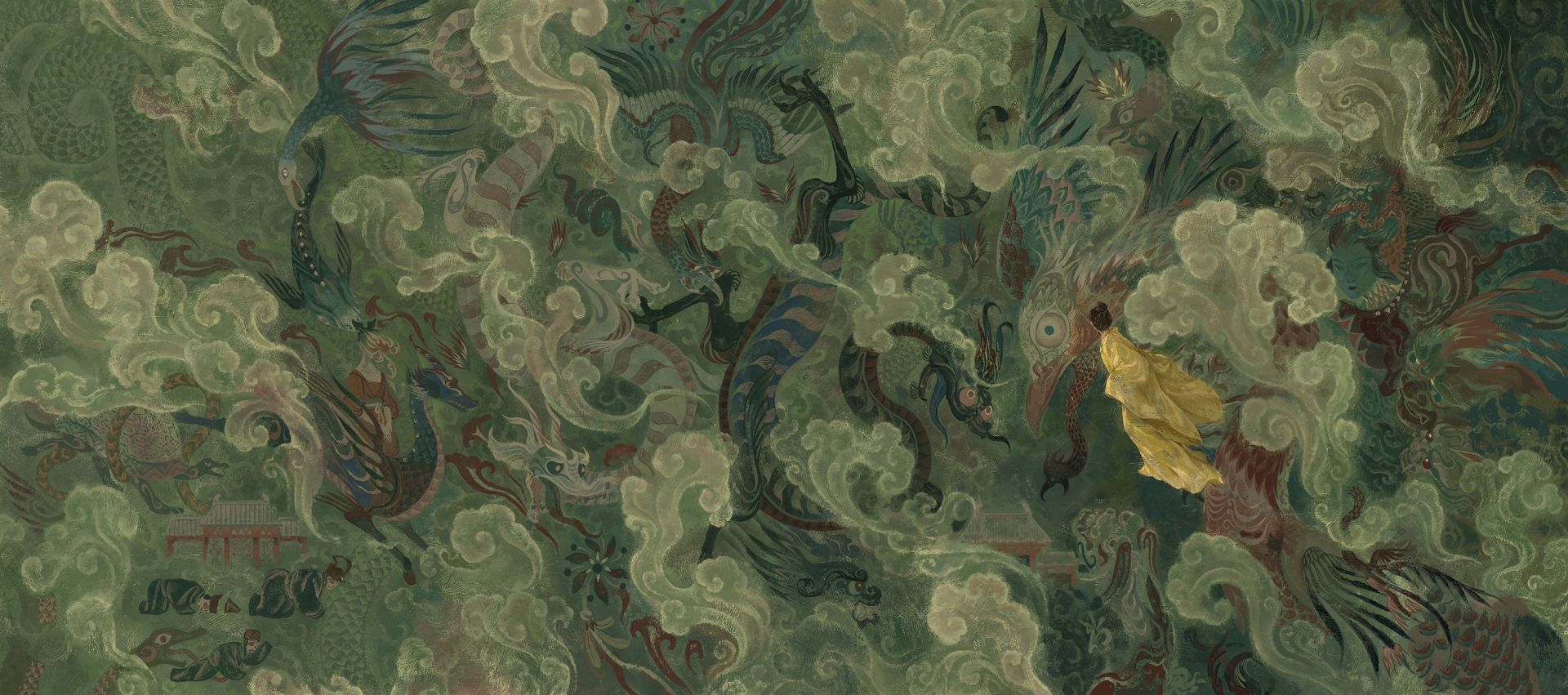
Can you open up a bit about your work and career? We’re big fans and we’d love for our community to learn more about your work.
Due to my upbringing, I am interested in traditional Chinese art, and most of my work is based on traditional Chinese subjects and influenced by Chinese painting. However, I think there are a few differences between my works and the traditional themes that are more common nowadays.
In terms of a starting point, I do not create traditional subjects to promote or propagate them, but simply because I feel that traditional art is good and fits in with my observations of the environment since childhood, such as architectural forms and geographical features. This starting point is quite personal. Therefore, some people may think that my illustrations do not meet their expectations of a “new expression of traditional Chinese painting”.
Unlike the usual forms of expression of “tradition”, I have no intention to modernize a traditional subject or to make it fit in perfectly with the times. “Ancient China” is only an expression, a condition, and I always hope to express my personal feelings under the premise of showing certain characteristics of the ancient dynasties, and it does not matter whether these feelings are modern or ancient.
Finally, due to my stylistic orientation of “go with the flow”, I seldom adopt the techniques of Chinese painting, but a different technique doesn’t mean that it doesn’t have an ancient meaning. This is probably one of the more prominent points in the outside’s evaluation of me.
When I graduated from undergraduate school, I created “The Wanderer’s Trail”, which is more typical of the above three characteristics. It is a set of illustrations originally designed and drawn by me based on ‘Wandering in Wonderlands, the 6th’, a poem of GUO Pu who lived in the West Jin Dynasty (B.C. 265-316). This picture book tells the story of a male protagonist’s wonder based on the poet’s experience. He turned to mysterious religious pursuits after being bitterly disappointed by reality, yet finally lost himself in confusion. In “The Wanderer’s Trail”, I mainly want to show the state of being lost in both the real world and the spiritual world. This kind of negativity can’t always be solved, but it doesn’t have to be solved either. I hope that through this work I can make people realize the legitimacy of the existence of melancholy and confusion and the objective environmental factors that give rise to them.
Another illustration series, “Traveling is Hard”, has a similar theme. Ancient Chinese people often had anxieties about time, life, and accidents, which are very common, just often neglected in real life.
link:
The Wanderer’s Trail: https://bronzeandjade.com/the-wanderer-s-trail
Traveling is Hard: https://bronzeandjade.com/traveling-is-hard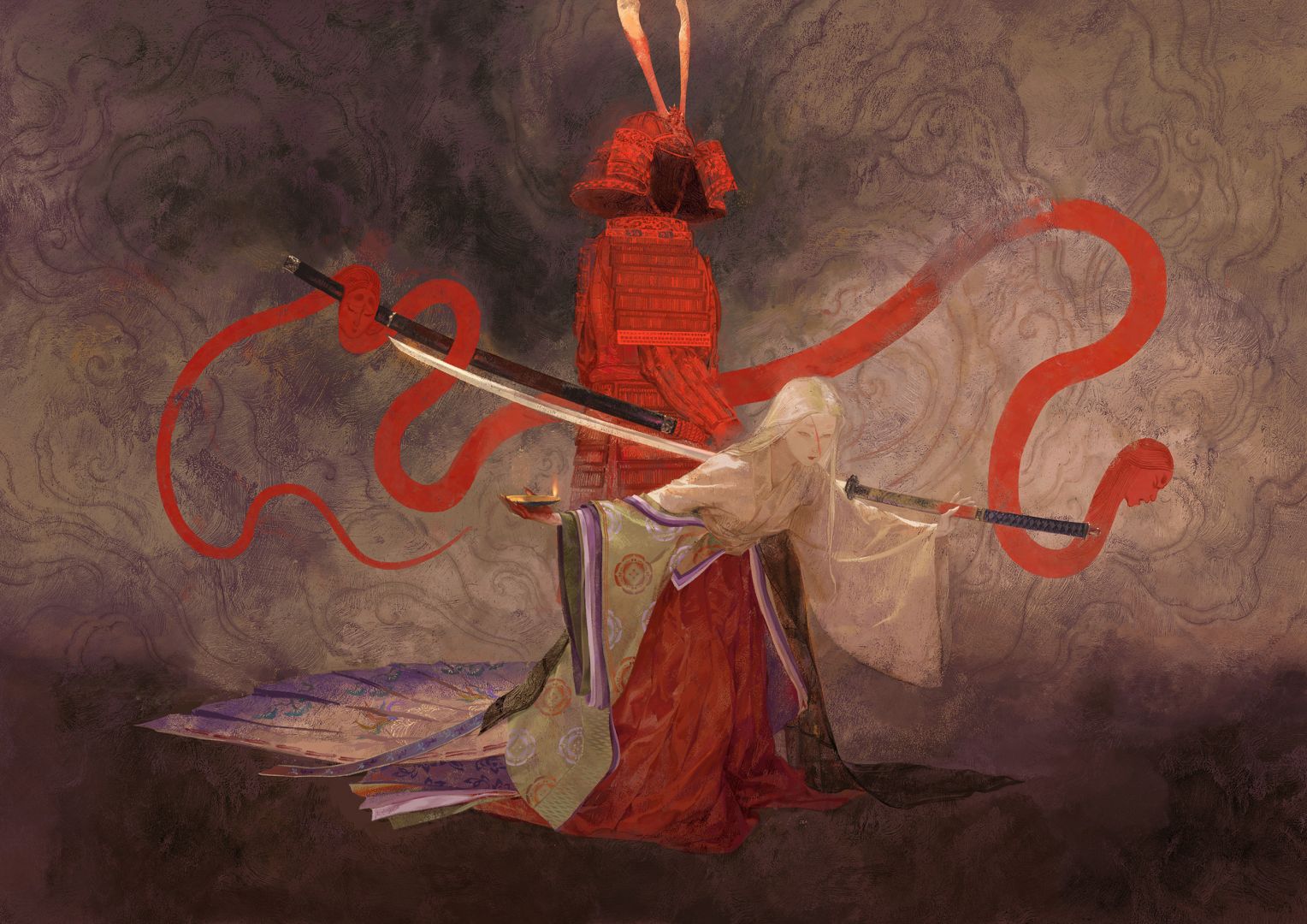
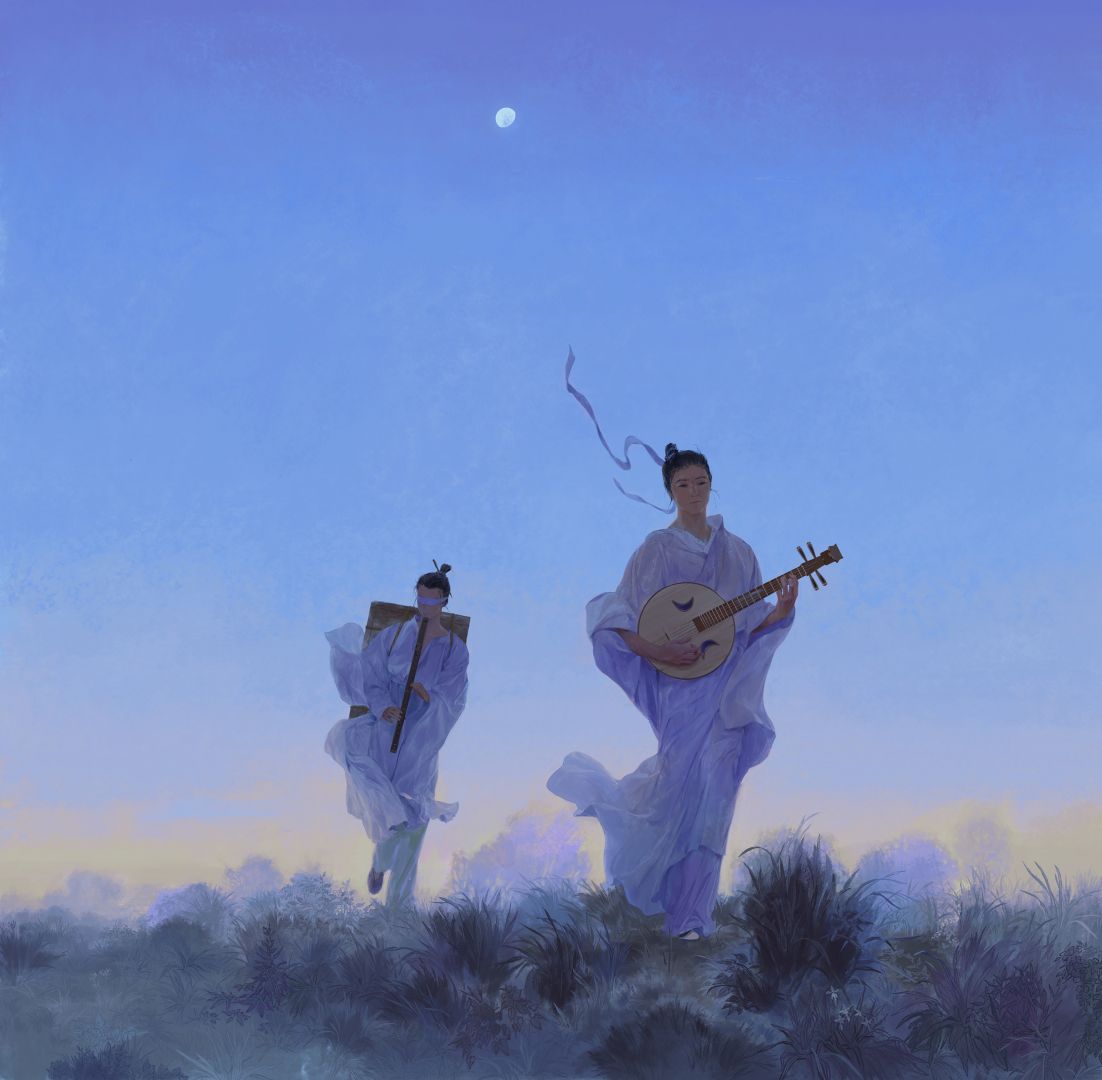
Any places to eat or things to do that you can share with our readers? If they have a friend visiting town, what are some spots they could take them to?
I’d been living in Guangzhou for two years, I don’t think there’s much to do in Guangzhou, maybe just eat from one end of the city to the other and try different things for three meals a day. I don’t like going outside, but in Guangzhou, I can go out for food, which is kind of the only part of the real world that attracts me. The Chaoshan beef hotpot is a must; the local Sichuan cuisine, “Tiancheng”, which Sichuanese might get angry at, but is just right for Cantonese; the street side shops are endless, with tangshui, morning tea, and Chinese modified dim sum being the most worthwhile; and a few specialty milk tea shops.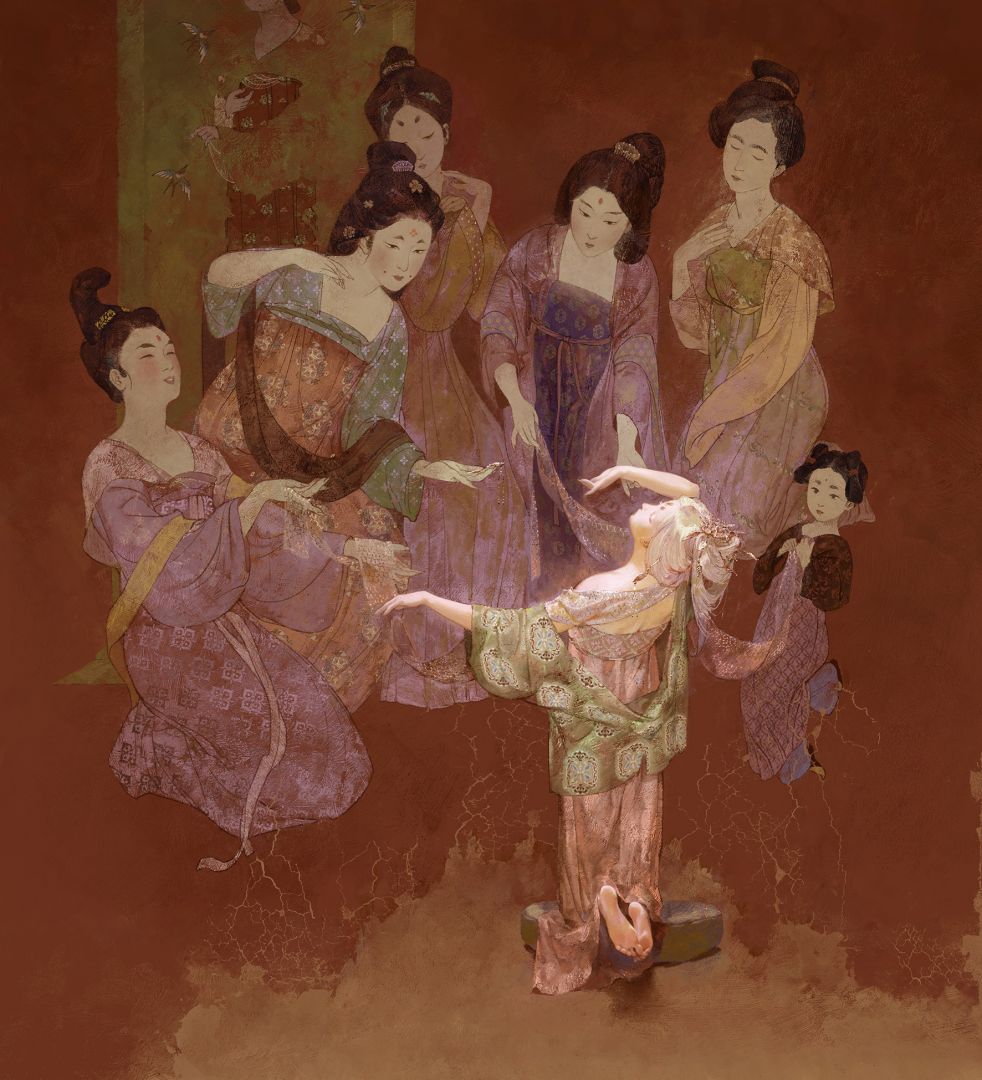
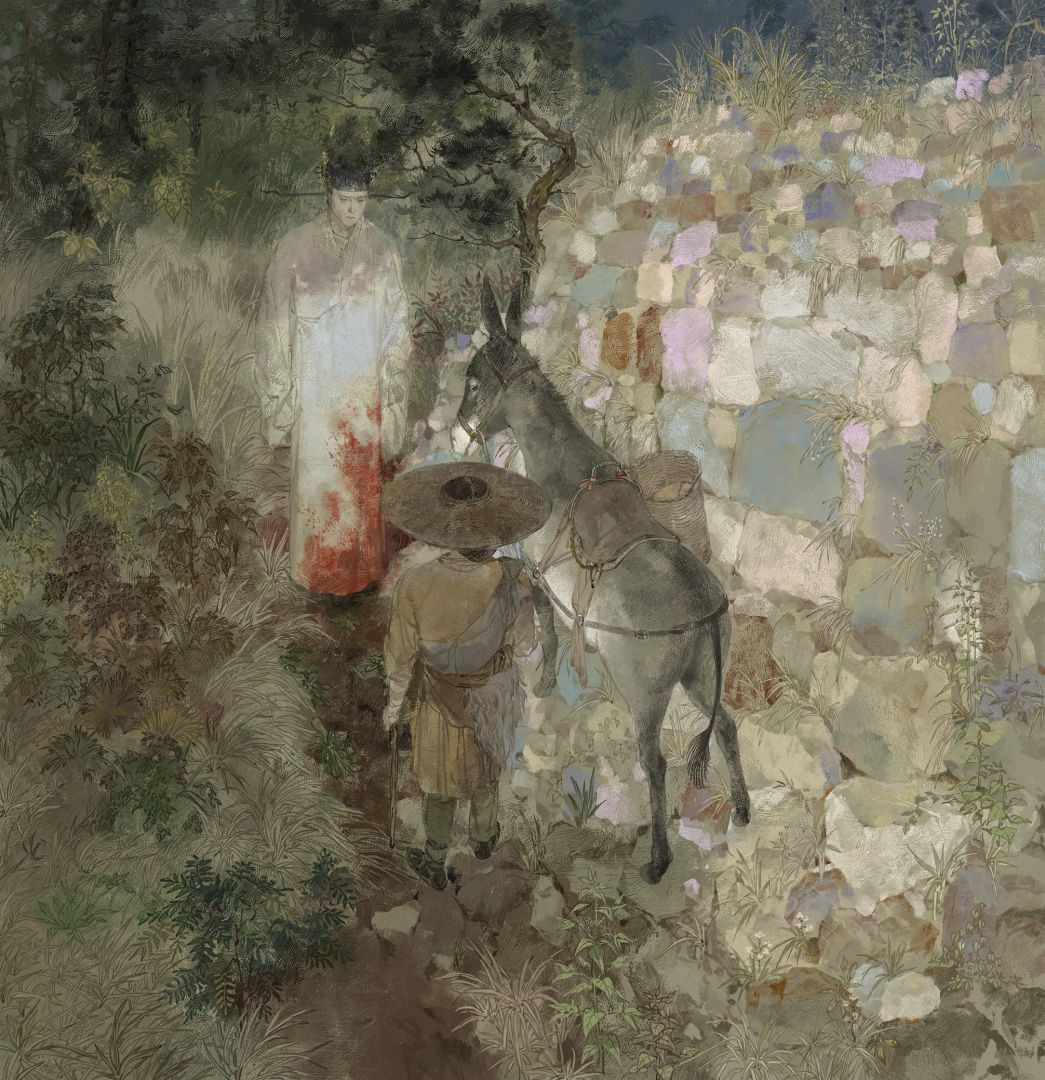
Who else deserves some credit and recognition?
I am very grateful to Wu Guanzhong (吴冠中) in terms of the perception of style. In high school, I had already recognized that style could not be pursued, but I did not have much theoretical support. In the field of illustration, there has been a common perception that one should take the initiative to establish and solidify one’s own style to become a label for the personal brand. A few years later I read one of his prose in which he mentioned “Style is the artist’s back, invisible to themselves.” This has always encouraged me to this day. This idea also allows me to observe personality traits in my work that I had not noticed before.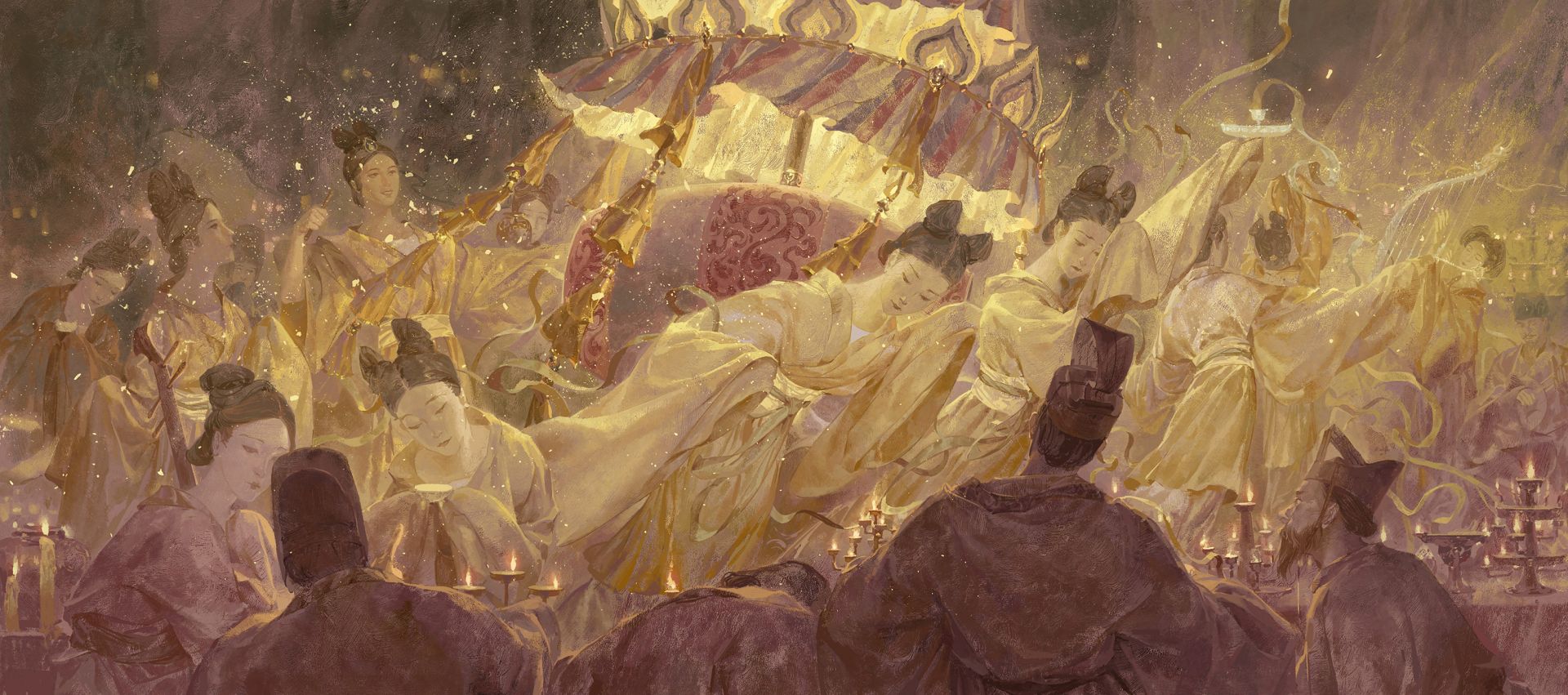
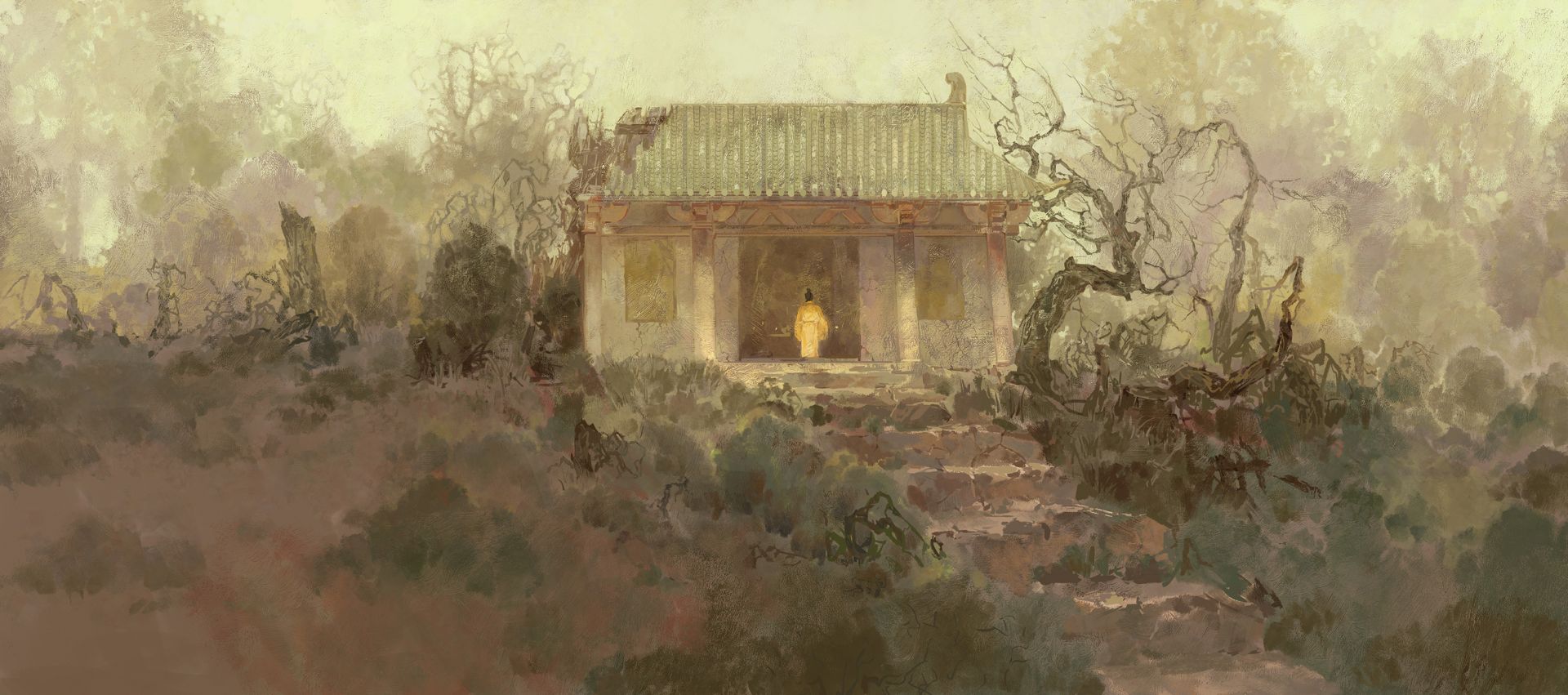
Website: https://bronzeandjade.com/
Instagram: https://www.instagram.com/sun_lin2019/
Linkedin: https://www.linkedin.com/in/yuqing-sheng-583978293/
Twitter: https://twitter.com/Merasgar
